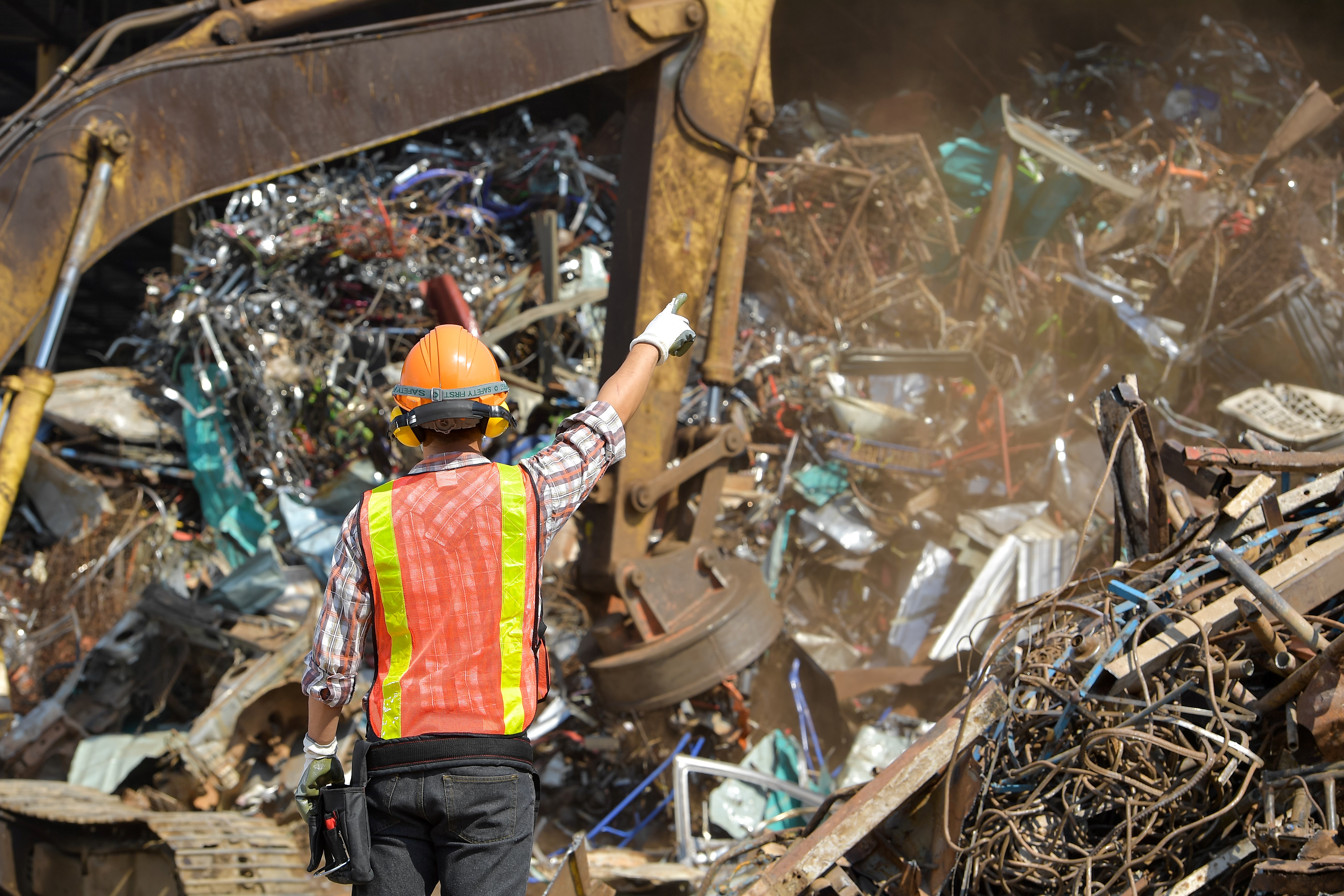The Roundtable for the Responsible Recycling of Metals: Improving ESG management and performance in metals recycling

By Dave Knight, Convenor, the Roundtable for the Responsible Recycling of Metals
Recycling delivers key socio-economic and environmental benefits but unknown to most are the risks involved when it is not done responsibly.
The Roundtable for the Responsible Recycling of Metals (RRRM), a multi-stakeholder, multi-metal initiative, was set up to support the development of responsible scrap sourcing standards, systems, and tools. For the last 18 months, RRRM overseen by a Steering Group of which ResponsibleSteel is a member, has collaborated with stakeholders across the metals sector to understand and make recommendations to improve ESG management and performance. This process involved running working groups, conducting extensive research, and mapping existing voluntary standards, legislation and industry guidance on metals recycling.
In May, RRRM launched its findings, demonstrating that current approaches are insufficient to ensure recycled metals do not harm people or the environment. The roundtable also published its recommendations and ResponsibleSteel plans to incorporate these into the review of the ResponsibleSteel International Production Standard in 2025.
Steel recycling
Steel has one of the highest recycling rates in the metals industry. Approximately 650 million tonnes of steel scrap feed about 30% of global steel production.
Carbon emissions from secondary steel production using scrap are less than a third of those from primary steel production, which is why companies are increasingly investing in secondary production as part of their decarbonisation strategies. But there are limits to scrap availability. We need to ensure that the scrap available is being responsibly sourced and isn't being displaced to meet the decarbonisation needs of one producer to the detriment of others.

Findings and recommendations
Widely used OECD ‘Due Diligence’ guidance relies on traceability and risk assessment. But traceability in diverse and distributed value chains can be extremely challenging due to the number of actors in the collection and pre-processing sectors. Reaching informal and subsistence collectors and recyclers, where some of the highest risks exist, is particularly hard and traders can be reluctant to disclose sources to maintain commercial interests.
For example, there are hundreds of thousands of people, mainly women and vulnerable groups, working at a subsistence level in the hinterlands of ship recycling facilities, notably in India, Bangladesh and Pakistan. Knowledge of these groups is poor and often overlooked in the downstream value chain. For more distributed post-consumer sources, like white goods or steel within electronics, the International Labour Organisation estimates that approximately 20 million informal workers work as waste collectors and sorters, often in poor conditions. Guidance on labour and human rights needs to be improved and post- and pre-consumer recycled content should be further broken down to help inform scrap sourcing risk profiles.
Improving assurance
The inclusion of recycled metal value chains in assurance processes is the starting point and metal producers should expect increasing focus on the ESG management and performance of these inputs. Legislation and voluntary approaches should be enhanced to include requirements relating to ‘untraceable’ parts of supply chains, recognising the high numbers of smaller-scale formal, informal, and subsistence recyclers. Worker and community engagement and grievance mechanisms, app-based accessible reporting, site sampling in third-party audits, commissioned research and independent surveying of high-risk locations can also be considered.
Policy and market opportunities
Extending producer responsibility legislation across nations would better reach high-risk parts of diverse supply chains. Market platforms and exchanges can strengthen ESG disclosure requirements and differentiate products which demonstrate higher ESG performance.
Furthermore, not all recycling of metals is economic and losses of materials lead to higher ESG risks. For example, the shipbreaking and steel working group found that shipowners get better prices for end-of-life (EOL) vessels broken in poorer conditions. The last beneficial shipowners have a key role to play in recognising this and metal producers should understand the risks associated with these inputs.

Metal Producers and recyclers
Recyclers should work to improve collection, segregation and sorting practices and the development and transfer of recycling technologies to higher-risk locations. This would help reduce contamination and exposure to hazardous materials as well as help maintain the alloy or grade quality maximising profitability. Producers and recyclers should also collaborate with brands and manufacturers to optimise efficiency and reduce ESG risks across the value chain considering new business models such as metals leasing and service delivery.
Labour, human rights and biodiversity risks are less well covered by industry requirements, guidance and common practice. Third-party audits will place more emphasis on recyclates, on analysing sources from an ESG perspective and will expect metal producers to be able to clearly communicate the boundaries of traceability.
Brands and manufacturers
As responsible sourcing becomes more sophisticated, brands and manufacturers should invest in improved performance at higher-risk locations that represent the ‘untraceable’ part of their supply chains. ‘Book and claim’ systems enable appropriate responsible sourcing claims to be made and can support action in areas which are currently overlooked. Brands and manufacturers should also publish data to better educate consumers, build opportunities for products with higher ESG performance, and improve the transparency of secondary scrap supply chains.
Further information and next steps
ResponsibleSteel recently ran a webinar on the outcomes of the Roundtable, the slides of which can be accessed here. A summary report, a 1-page route map, a risk profile, and three background reports with detailed findings and recommendations are all available on RRRM's website.
Parties interested in collaborating to take forward some of these recommendations should contact Dave Knight.
Images: Shutterstock


